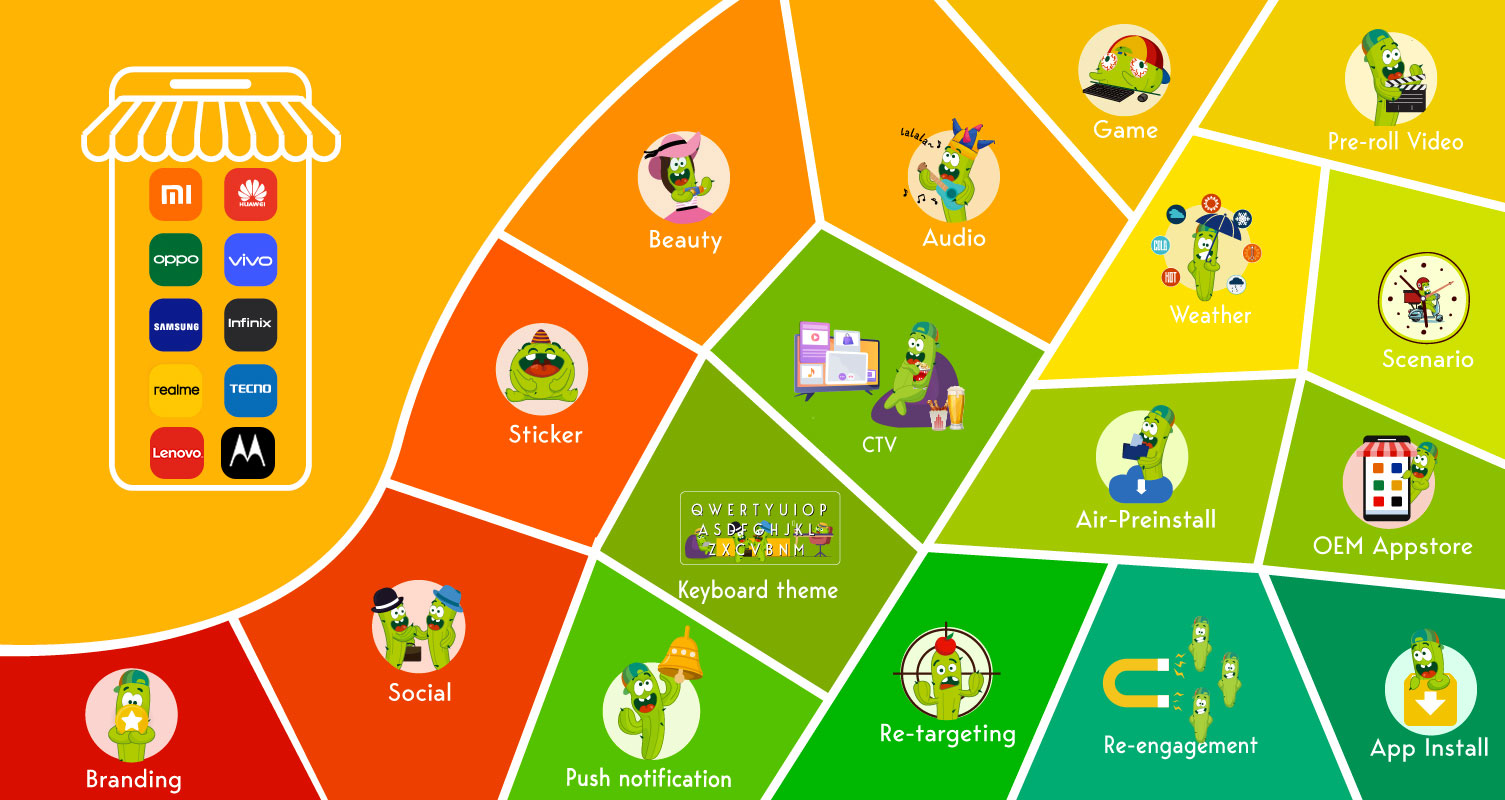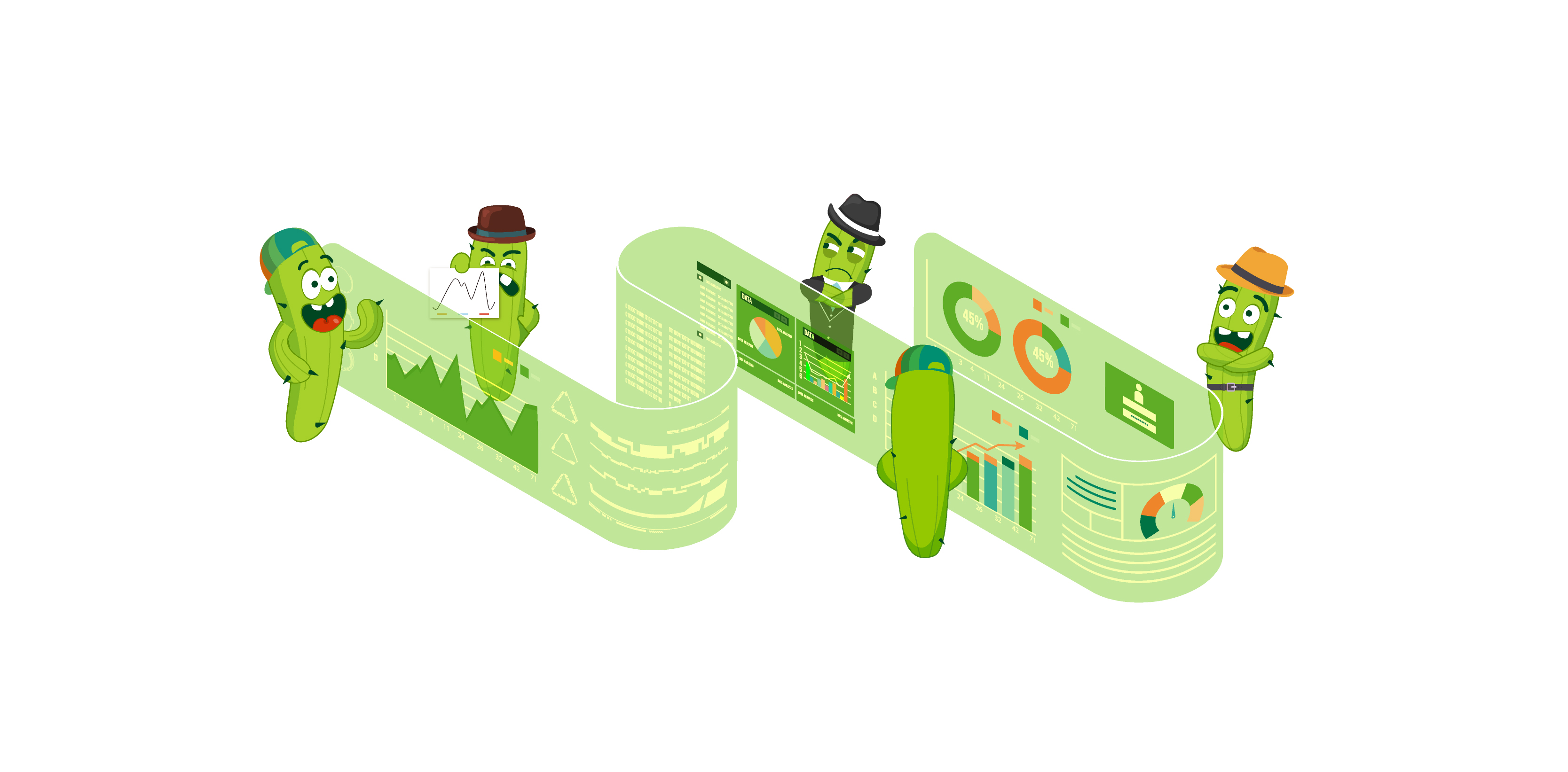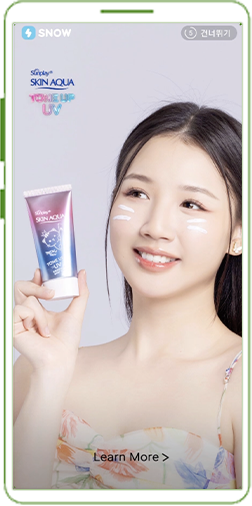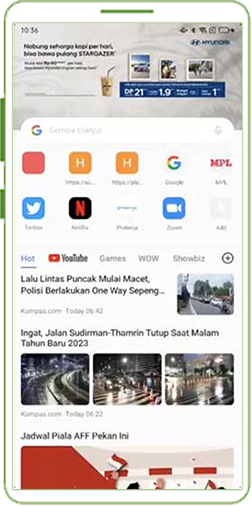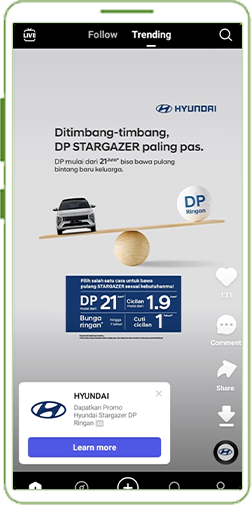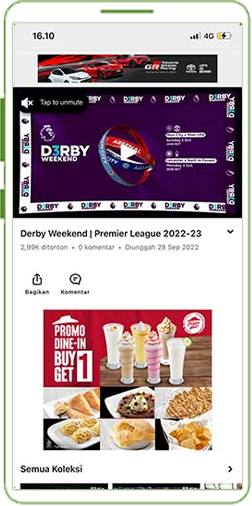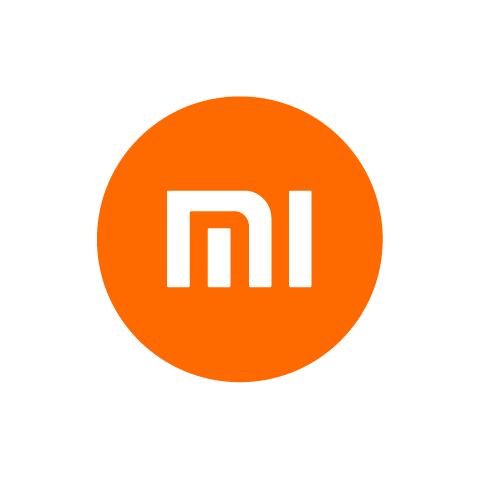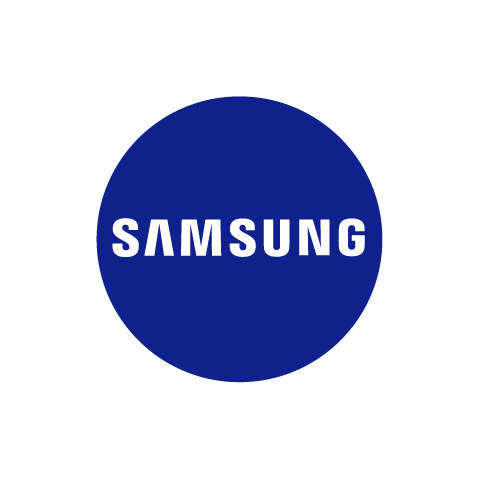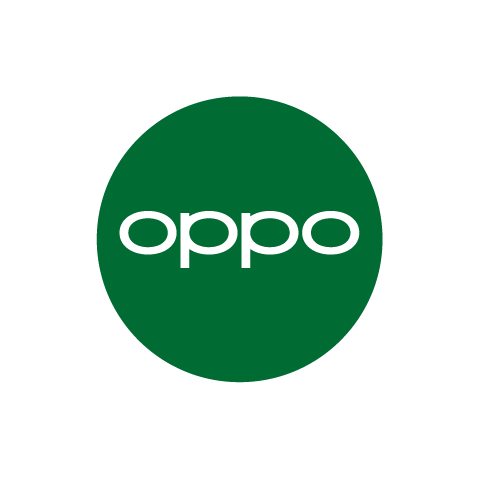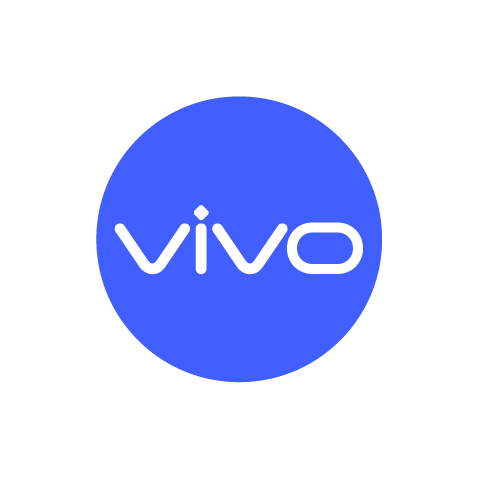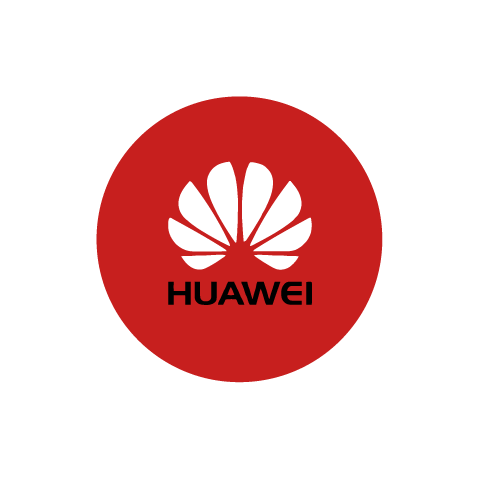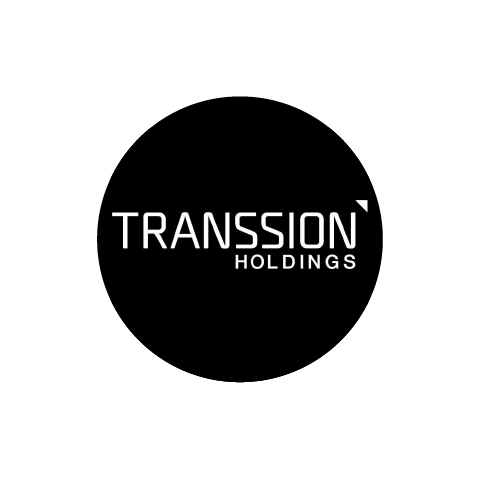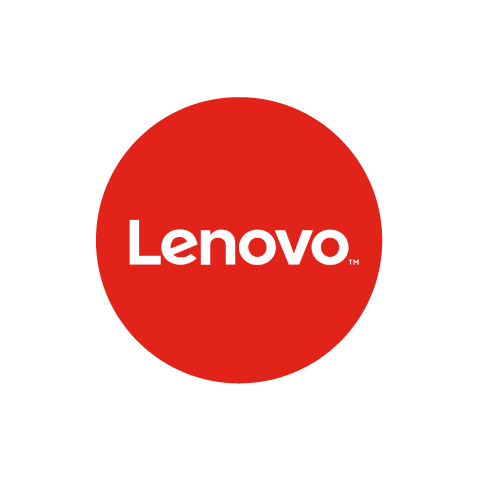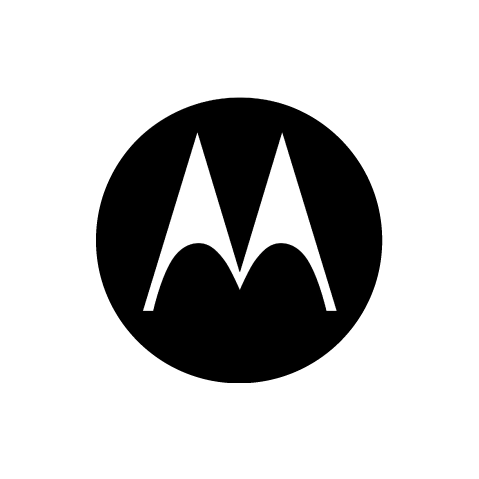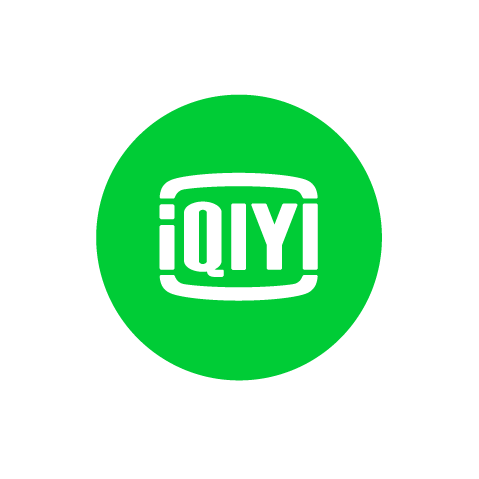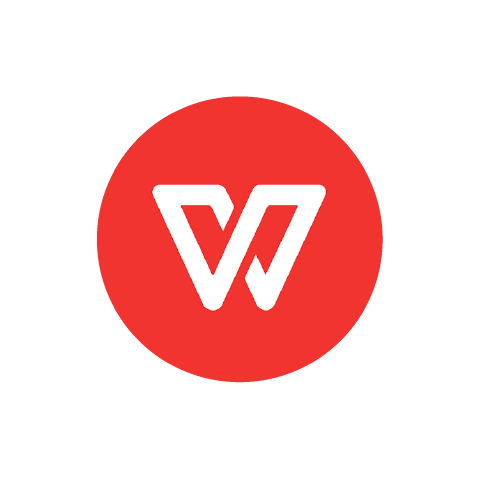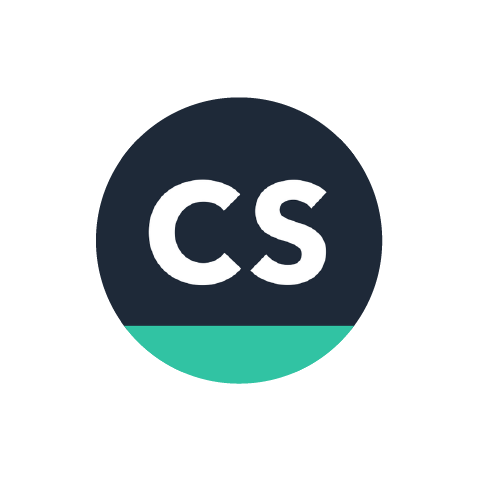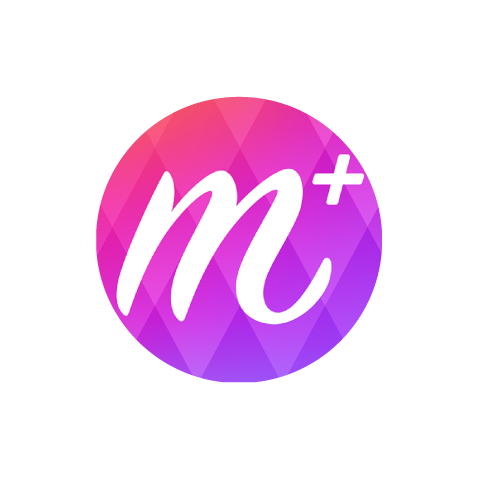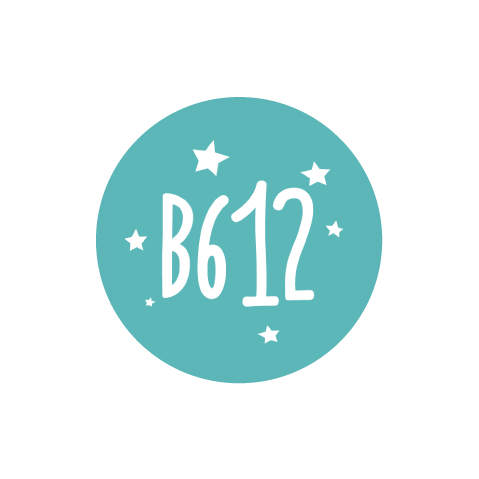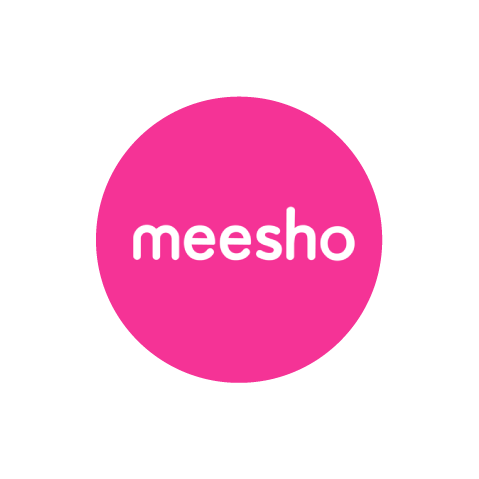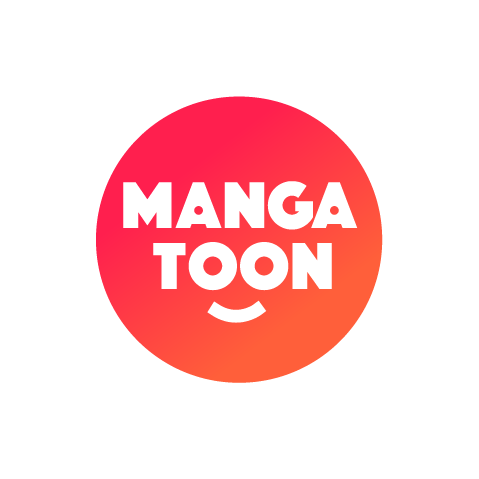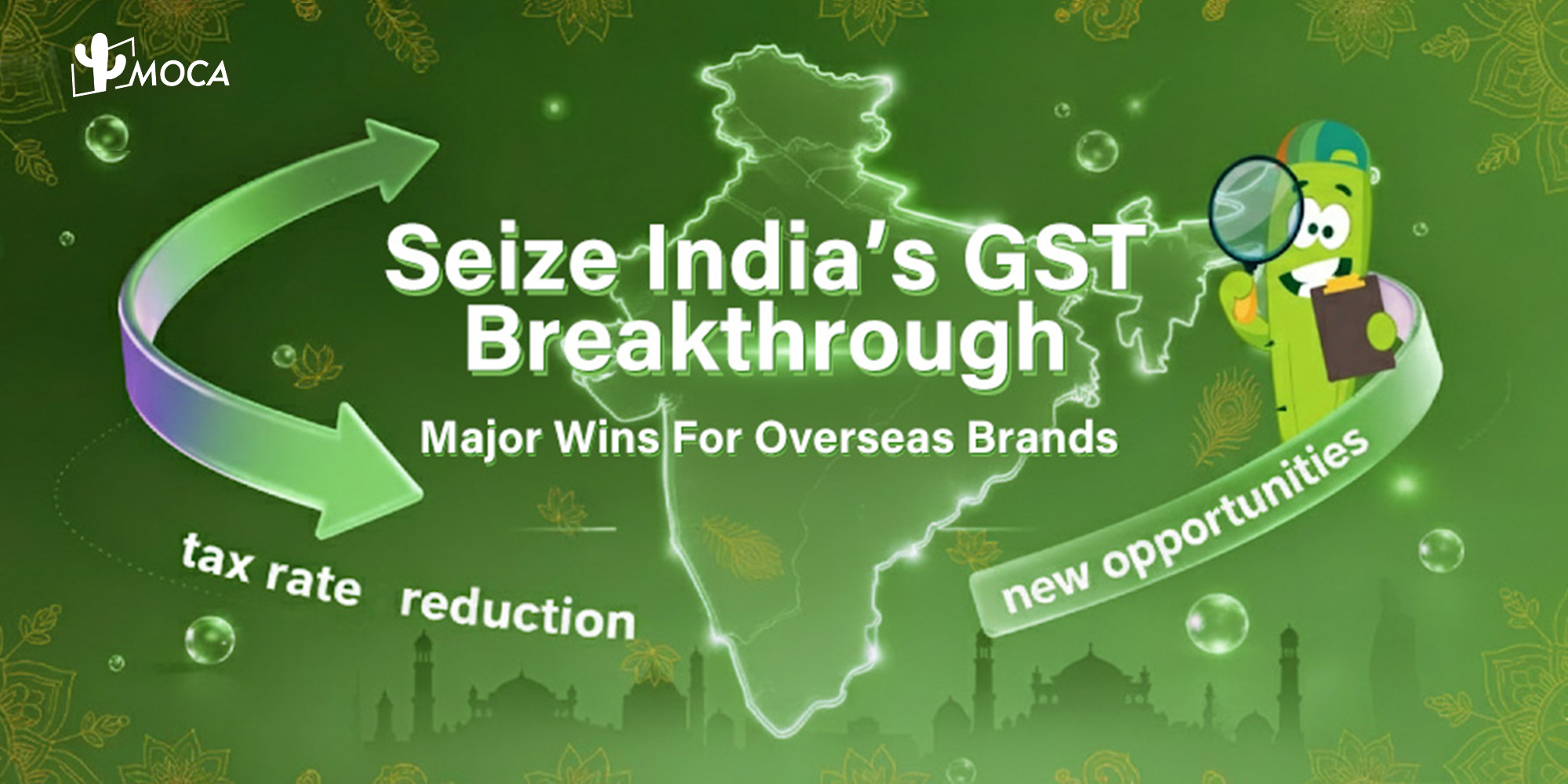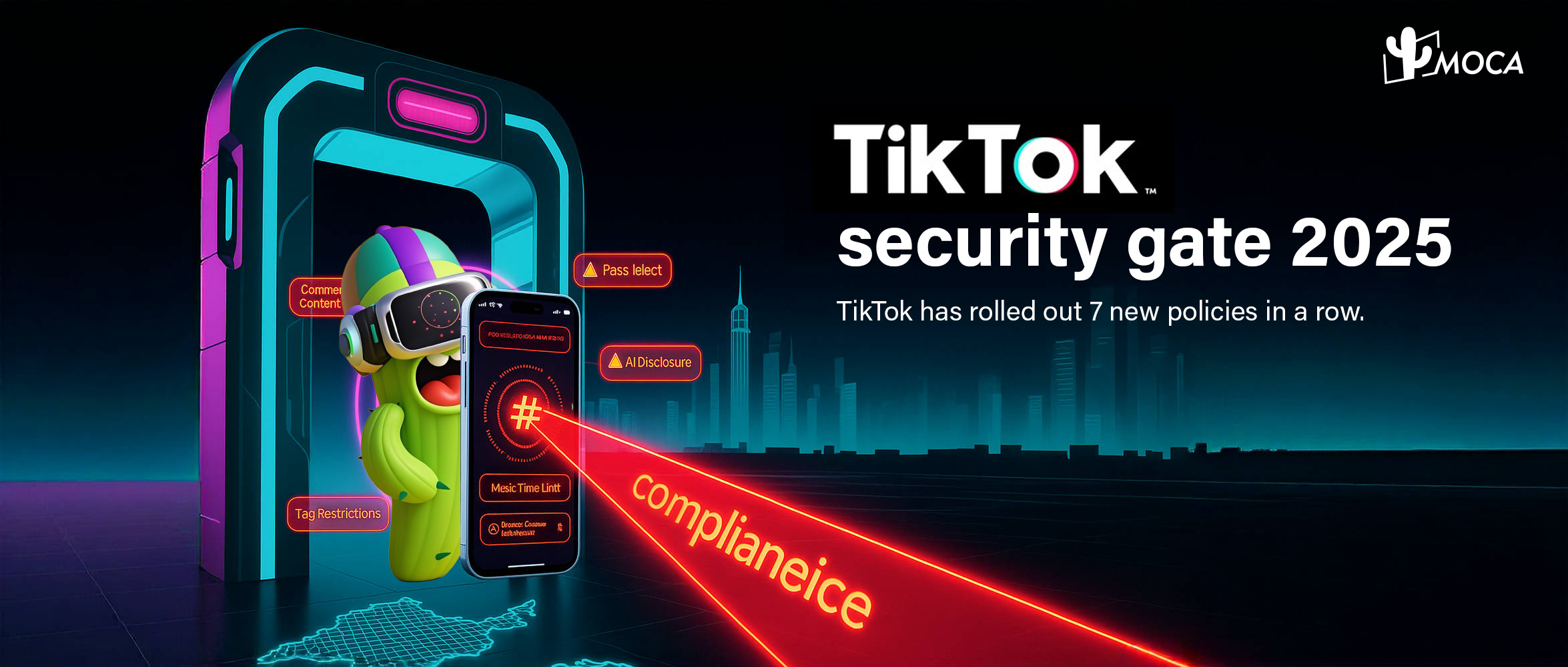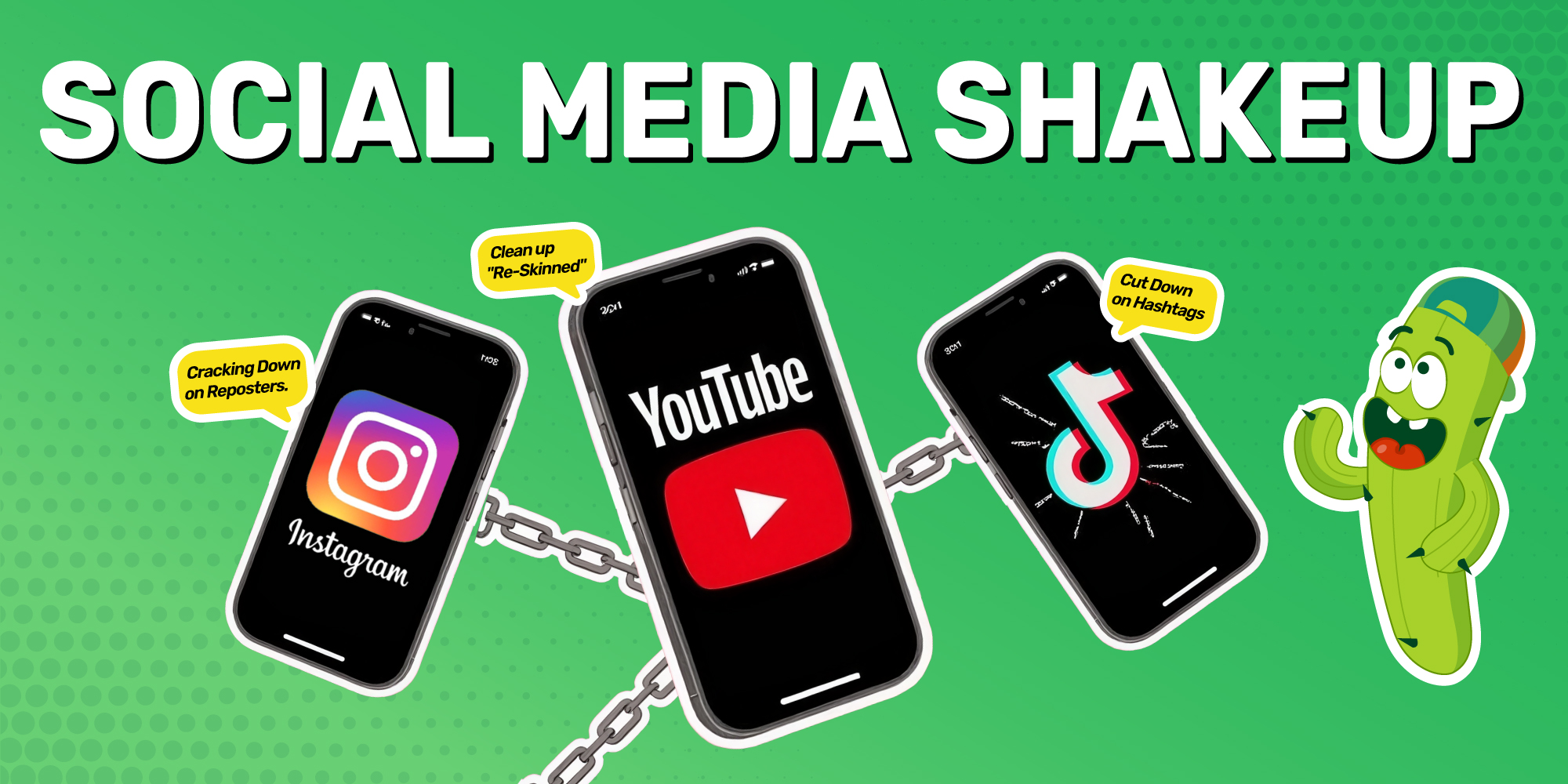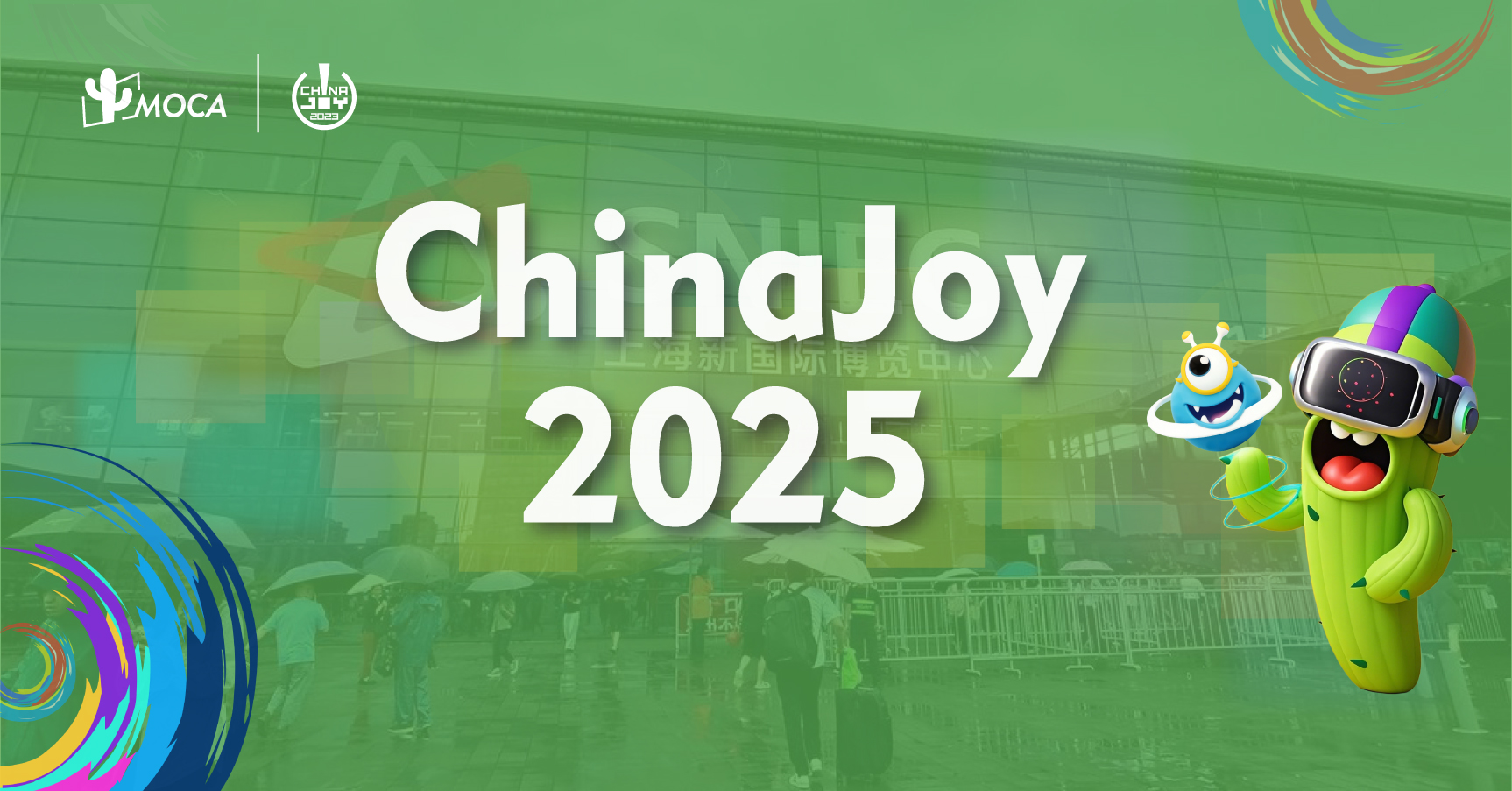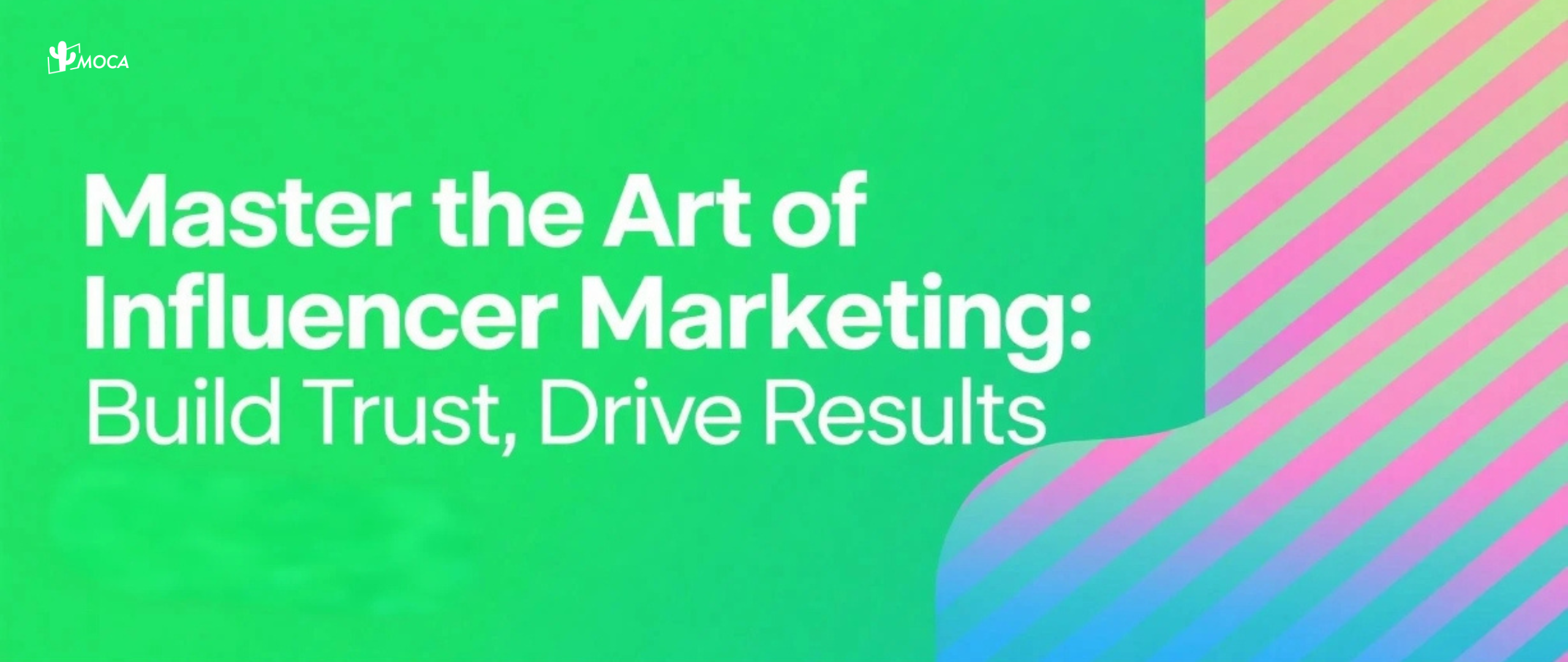Seize India’s GST Breakthrough: Major Wins For Brands
On September 3rd, the Indian government officially announced the largest GST (Goods and Services Tax) reform since 2017, with the new policy taking effect on September 22nd. This policy, dubbed by the industry as the “Next-Generation GST Reform,” will bring unprecedented growth opportunities to India’s domestic consumer market and brand advertisers. What Has Changed? One Table Makes It Clear India has simplified its complex tax rate structure: Product CategoryPrevious RateNew RateConsumer Electronics28%18%Small Vehicles28%18%Personal Care18%5%Packaged Foods12%5%Construction Materials28%18%Medical Supplies12%/18%5%Luxury Automobiles28%40%Tobacco Products28%40% Core Changes: Four-tier tax rates (5%, 12%, 18%, 28%) simplified to three tiers (5%, 18%, 40%)Daily necessities reduced to 5%, other goods standardized at 18%Luxury and harmful goods increased to 40%Personal care products see the largest tax reduction The background is simple: the US imposed 50% tariffs on Indian goods, and India is using tax cuts to stimulate domestic demand – a strategic “retreat to advance.” GST Reform Unleashes Market Growth Cost Advantages Emerge The cost reduction effects from tax rate simplification are very evident. Taking mobile app promotion as an example, consumer electronics tax rates dropping from 28% to 18% means that for every 1 million RMB spent promoting electronics apps, businesses can save approximately 85,000 RMB in tax costs. This change will directly enhance the competitive advantage of Chinese tech brands in the Indian market. The tax reduction for personal care categories is even more significant, dropping from 18% to 5%, creating excellent entry opportunities for mobile marketing of beauty and skincare – China’s advantageous categories. Local Purchasing Power Enhancement According to predictions from India’s Ministry of Commerce and Industry, this reform will drive overall consumption growth of 15-20%. Tax reductions translate directly to end-user prices, significantly boosting middle-class purchasing power, which means greater market capacity. Reduced Tax Complexity Simplifying from four to three tax tiers will significantly reduce …
